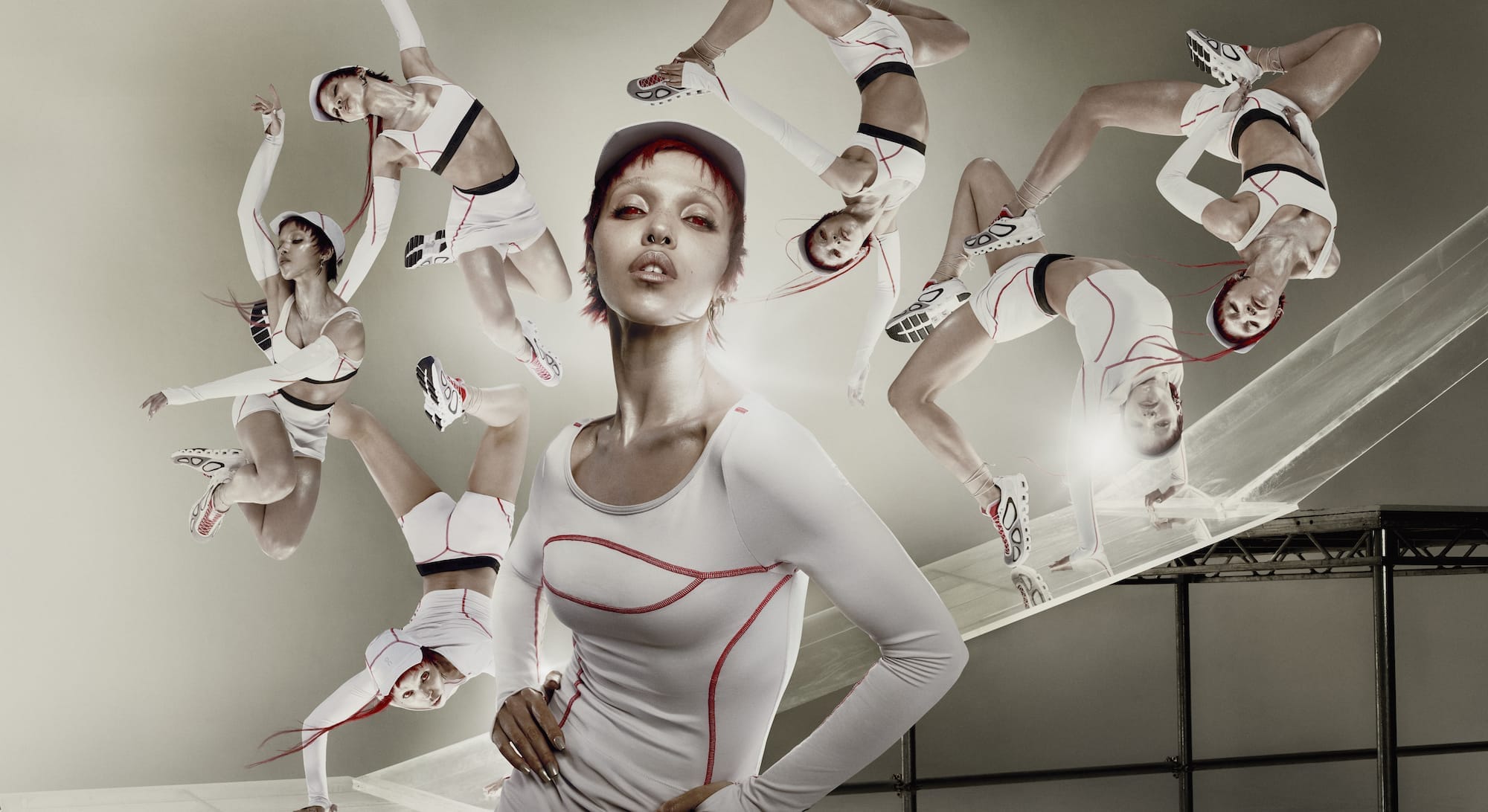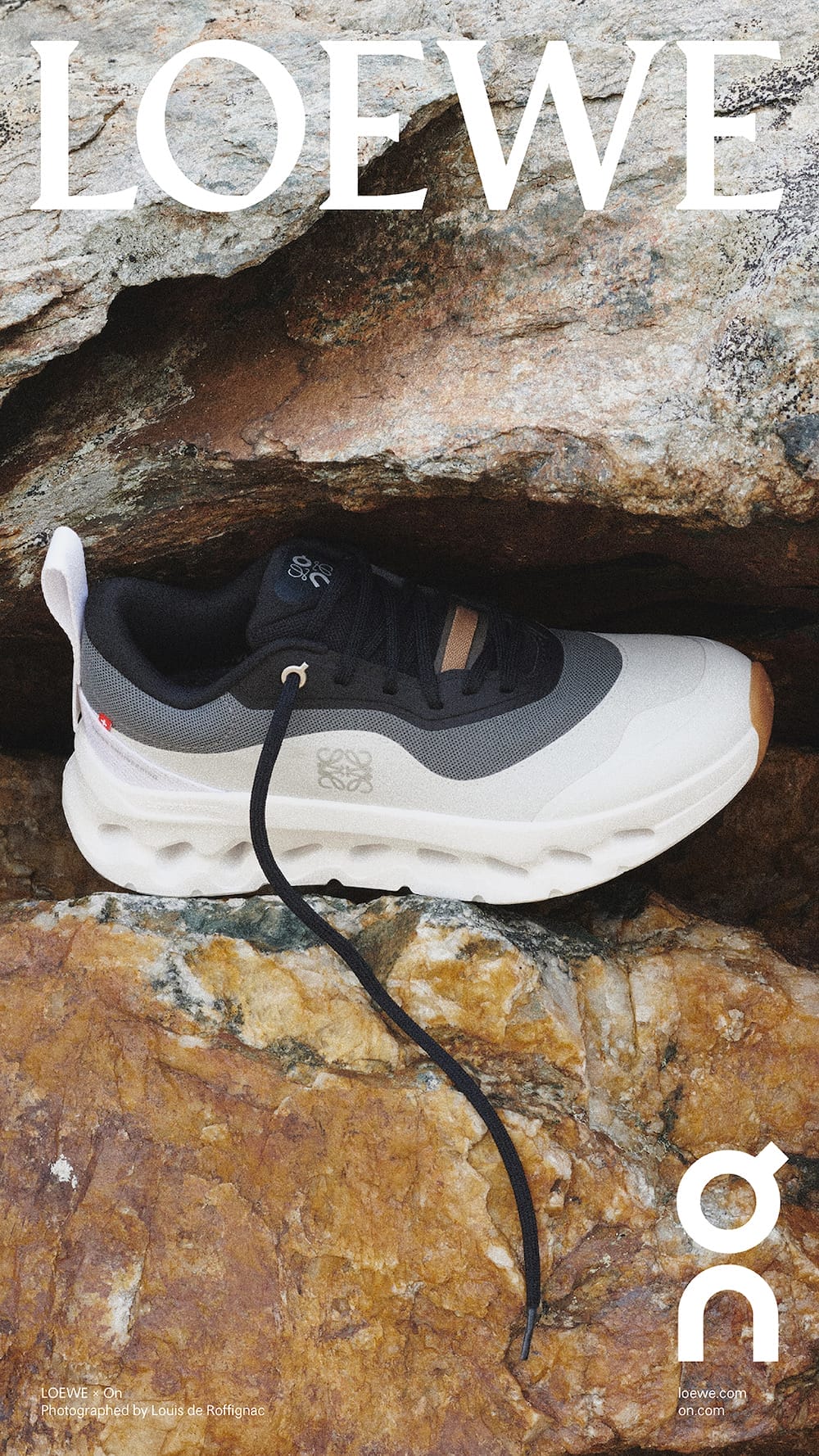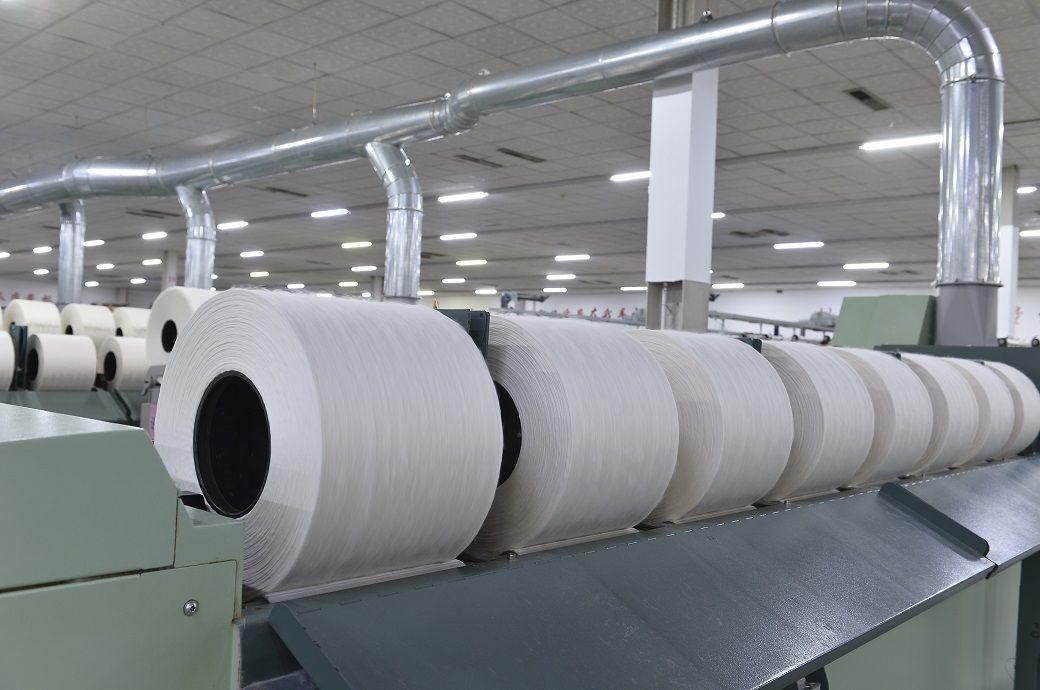Try going a day without seeing fitness content on Instagram Stories, especially from those who participate in dynamic lifestyles. Think shiny people dressed in activewear on the SkiErg machine, Strava maps overlaid on running images, and mirror selfies taken while casually sitting on the Reformer. They are inevitable. You’ll also see the great meals at 7pm, the view from behind the DJ booth at 2am, followed by the morning run at 7am Apparently it’s not just the fitness junkie who cares about creatine, but also the multi-talented creative director who’s on Gentle Monster’s seed list and who collects vintage Dries. [Van Noten]. As we participate in activities ranging from spin classes and hot yoga to bouldering and pickleball, fitness is often presented as a fashion accessory, rather than the pursuit of wellness.
Fitness is not a new concept. Activities like Jazzercise of the 1970s and Zumba of the 2000s (whose popularity has now plummeted significantly) posit that the functional benefits they claim to imbue with consistent practice almost become secondary to the social and aesthetic interests they provide. “There are fewer people interested in spinning now,” I once heard a friend say. Suppose the benefits related to cardio and increased serotonin persist after each 45-minute session, why is there a fade-out phenomenon when fitness has always been a game of consistency and discipline?
What had once been an unglamorous, or almost anti-fashion, part of the routine, exercise became mainstream with the proliferation of the athleisure phenomenon in the 2010s. Leggings were introduced as “real pants,” designer wedge sneakers and dive-ready neoprene became fashion mainstays. Then, a global pandemic increased the overall emphasis on health and wellness, solidifying fitness as more than just a hidden after-hours activity. Hollywood also began presenting bodies in more fitness-oriented ways than ever before. As Jeremy Allen White’s physique imprints itself on the public consciousness in the same way that Chris Evans did, donning his Under Armor compression shirt as Captain America, everyone from chefs to superheroes to villains have taken on extremely fit appearances, even if strength alone is not central to their character arcs. Even the costumes designed by Jonathan Anderson for Challengers (2024) turned tennis into a high-octane sport that combined drama and sexual tension.
If thinness was heralded as the mainstream ideal of the late 1990s and early 2000s, then does the fitness-obsessed present we now live in serve as a resurgence of our body obsession? Instead of frowning at blatant fatphobia, the fitness trend we’re immersed in becomes a coded language that has an undercurrent of lean advocacy, updated with added muscle mass for a touch of tone. Here’s why the concept of the “Pilates body” becomes a mirage in the desert for some, where the allure of being able to look a certain way through weekly 50-minute sessions sounds extremely tempting, when the reality is: any body type can adopt a long spine and scorpion pose with enough practice. It’s simply more marketable to rely on the halo effect. In Laura Pitcher’s article for Dazed, she wrote about a guy who trained incessantly as a way to control his body image and feel in control of his own life, skipping social activities and vacations that didn’t suit his fitness lifestyle. While the health benefits are undeniable, he claims that exercising too much “made us boring” to such an extent that the gym was used to modify mood and avoid emotions. “It becomes a problem when the pursuit of fitness comes at the expense of other equally important factors, such as socialization,” he wrote. When world tennis champion Serena Williams was announced as a spokesperson for a company for GLP-1, the same drug behind the brand Ozempic, there was a public outcry. This led some to wonder: if someone who has broken records, which certainly presents her as someone objectively fit, had felt the need to be thin, then how much weight does fitness have in terms of our priorities? Although she admitted to training about five hours a day on The Today Show, Williams saw the extra weight as an opponent she needed to face. Chosen for the exact reason that “I didn’t look like the person who needed GLP-1,” the act that was once a personal choice, if not for a multi-year embassy, further exposed the idea that behind notions of well-being still lies a deep-rooted social rejection of fatness.
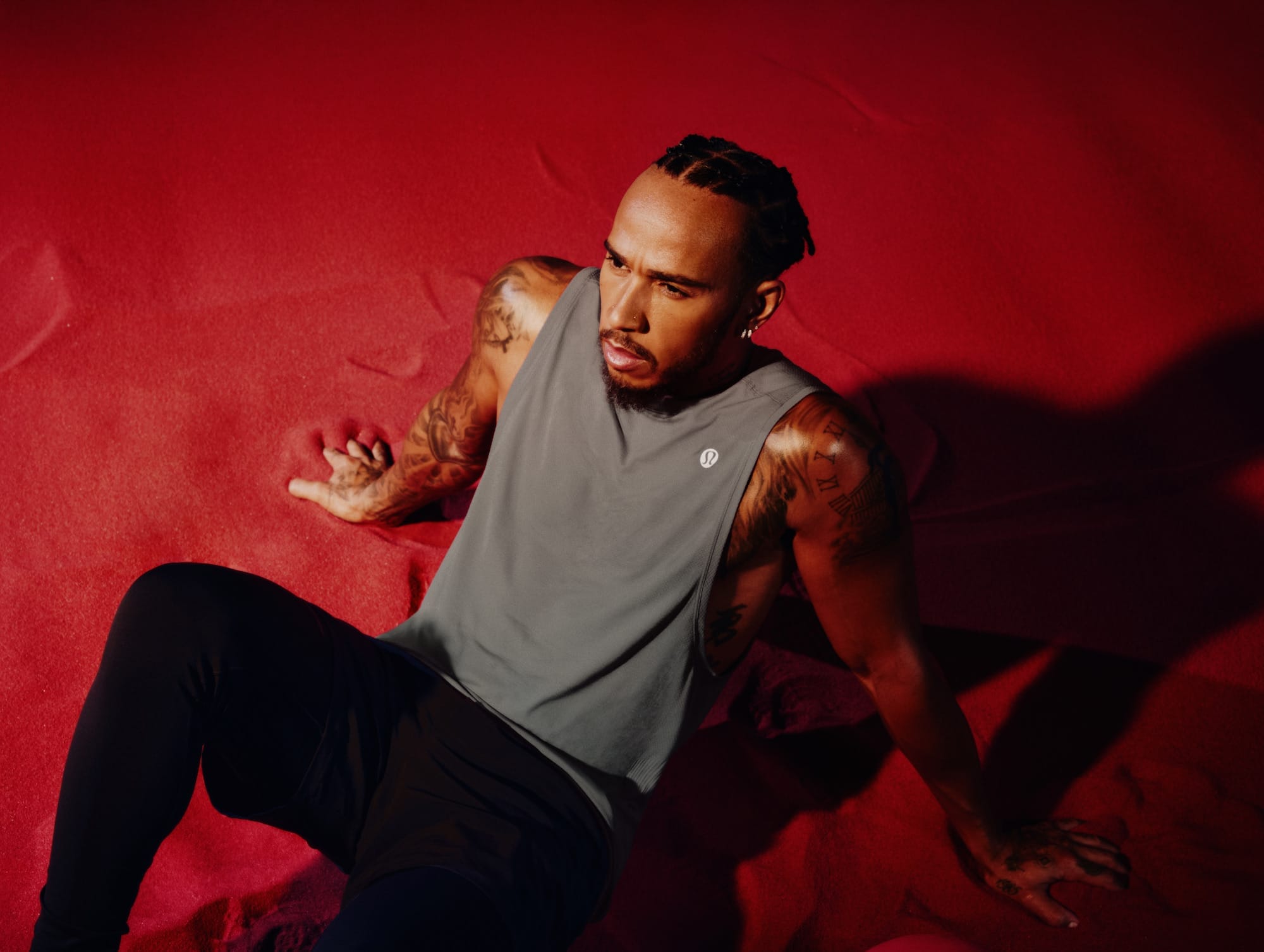

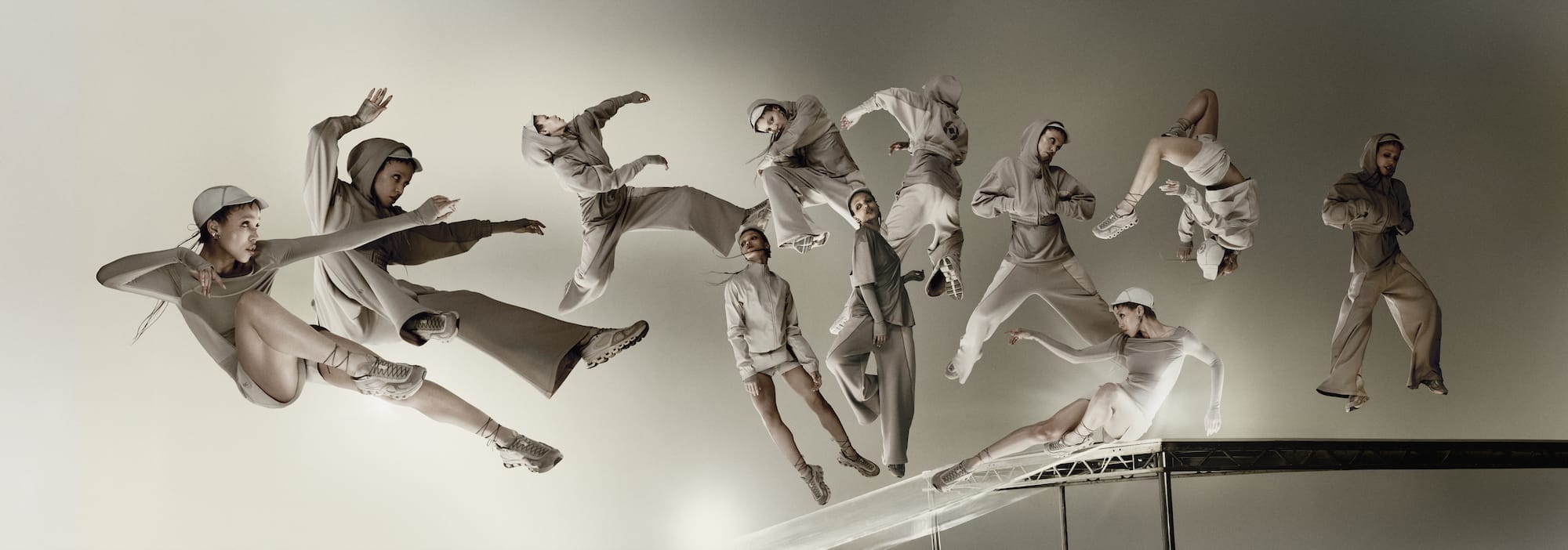
Once you’re done with this story, click here to catch up on our October 2025 issue.
